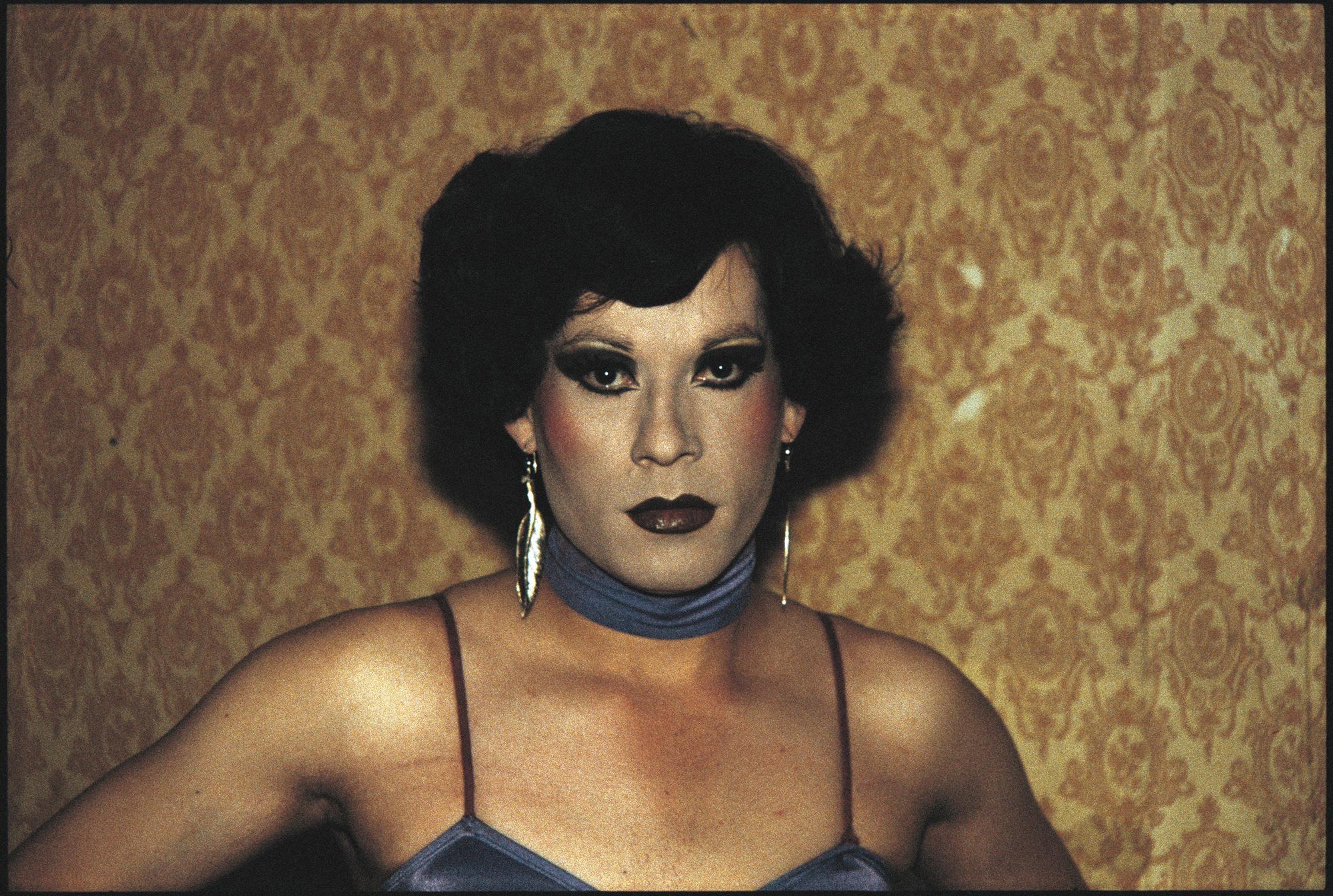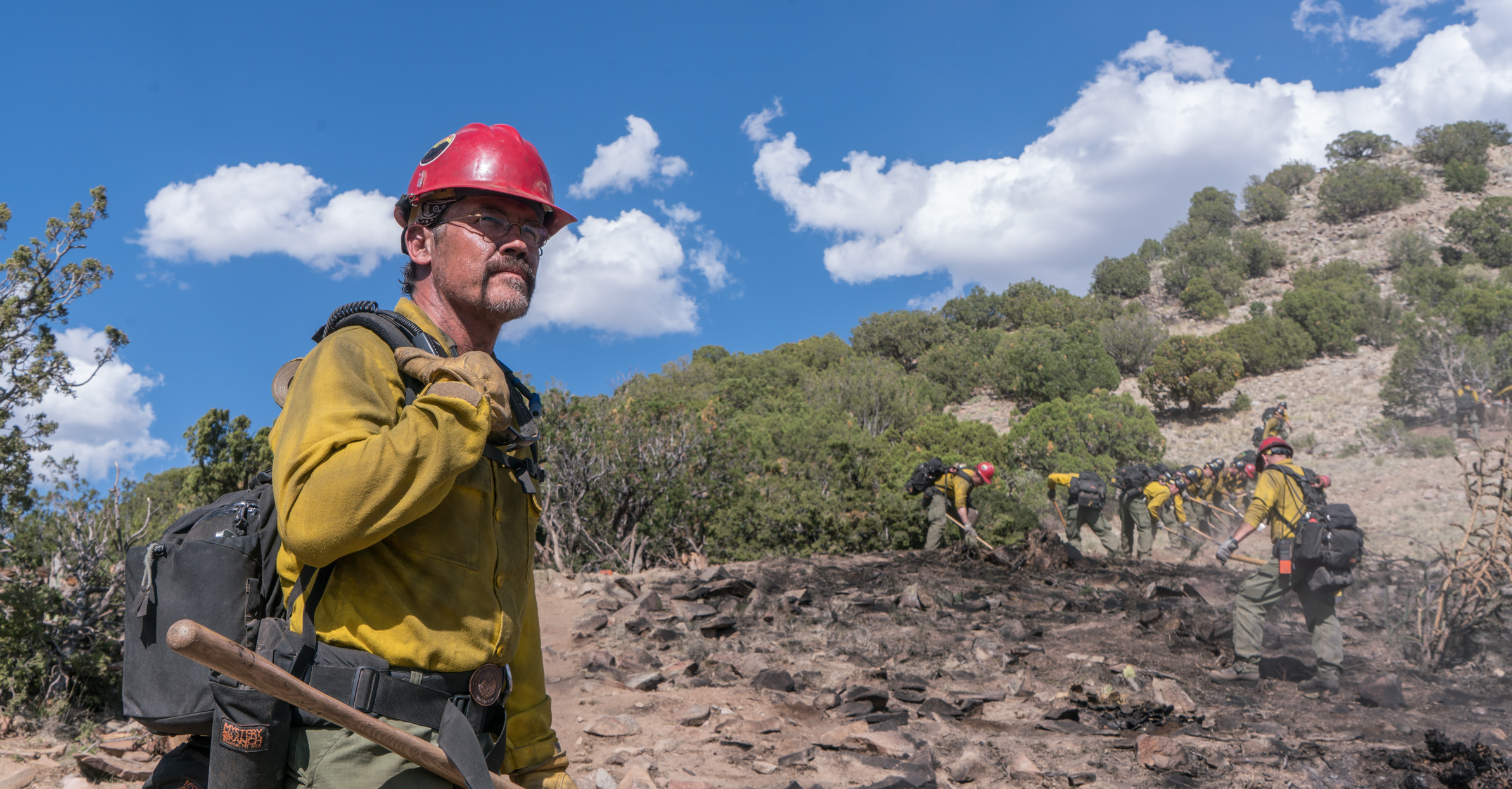Another Kind of Life: Photography on the Margins at The Barbican Review

Another Kind of Life: Photography on the Margins, at The Barbican, is a photography exhibition revealing those who live on the fringes of society. Including images from the fifties through to present day, and from countries as diverse as Nigeria, China and America, this display of twenty separate artists is bold in its ambition. Including famed photographers such as Diane Arbus, Danny Lyon and Philippe Chancel, Another Kind of Life manages to capture the perspective of those that were underground. Through the decimated clubs of Mexico and the quiffs of young men, change has been on its way and this exhibition showcases a wide array of moments that have led to our current situation – and the changes that still need to come.
Rather than display the images in a single brightly-lit location, each artist has a separate room and space. As you walk through the gallery, it begins to feel almost as if it is twenty separate galleries, each with distinct styles and holding a unique focus. While Boris Mikhailov’s depiction of a homeless couple, composed in a specific tableau, are exhibited on a large, dominating scale, Chris Steele-Perkins’ British Teddy boys are small and akin to the photos you’d keep in a diary. Low-lighting makes your journey through history, as you are directed through the exhibition in chronological order, a meditative and reflective walk.
Inevitably, we connect and return to particular exhibits; tattooed men and women; transvestites in Tokyo; a bearded hermit who has isolated himself away in the forests of rural America. While we may not actively avoid these people in our daily lives, we rarely see them. Travelling on the underground, I once sat opposite a couple who were covered completely in tattoos. The man had dyed his beard silver, wore contact lenses to make his eyes entirely red and had piercings from the top to the bottom of his ears and nose. An internal conflict of wanting to look but aware of how imposing a stranger, staring, would appear meant I couldn’t get close to this fascinating person. Another Kind of Life pulls you close, and lets you be transported to the moment captured.
Jim Goldberg, in the text scrawled on paper and positioned next to his photographs, gives us a little more detail. The rough, drug-taking teens often expose their own troubled upbringing in his ‘Raised by Wolves’ selection. These are victims of parents, who beat, shot and abused their children and they don’t care for your curiosity. In the eyes of every adult is their history; their childhood. When we look at these photographs, we see that they are still people. In Another Kind of Life, our history of shunning these people to the edges of our world is more reflective of our own refusal to embrace the true breadth of difference in our brothers and sisters. We can be optimistic that change has improved many lives of those who were once considered outsiders, but many more are still isolated and hidden away. In that respect, these unique, incisive photographs will always exist and we will be reminded of the subcultures that are a crucial keystone of our human species.
Another Kind of Life: Photography on the Margins is on at the Barbican until 27 May 2018


